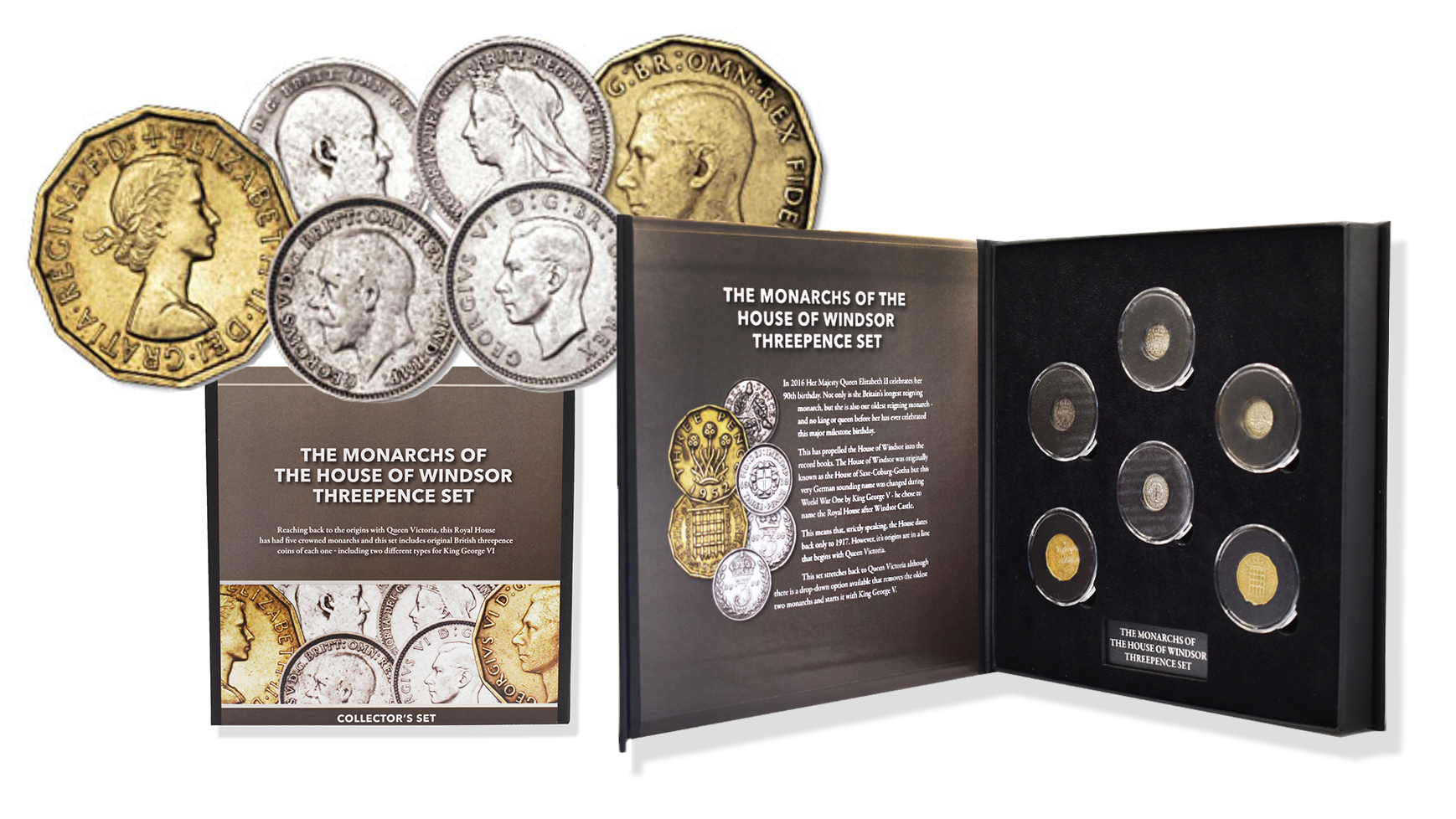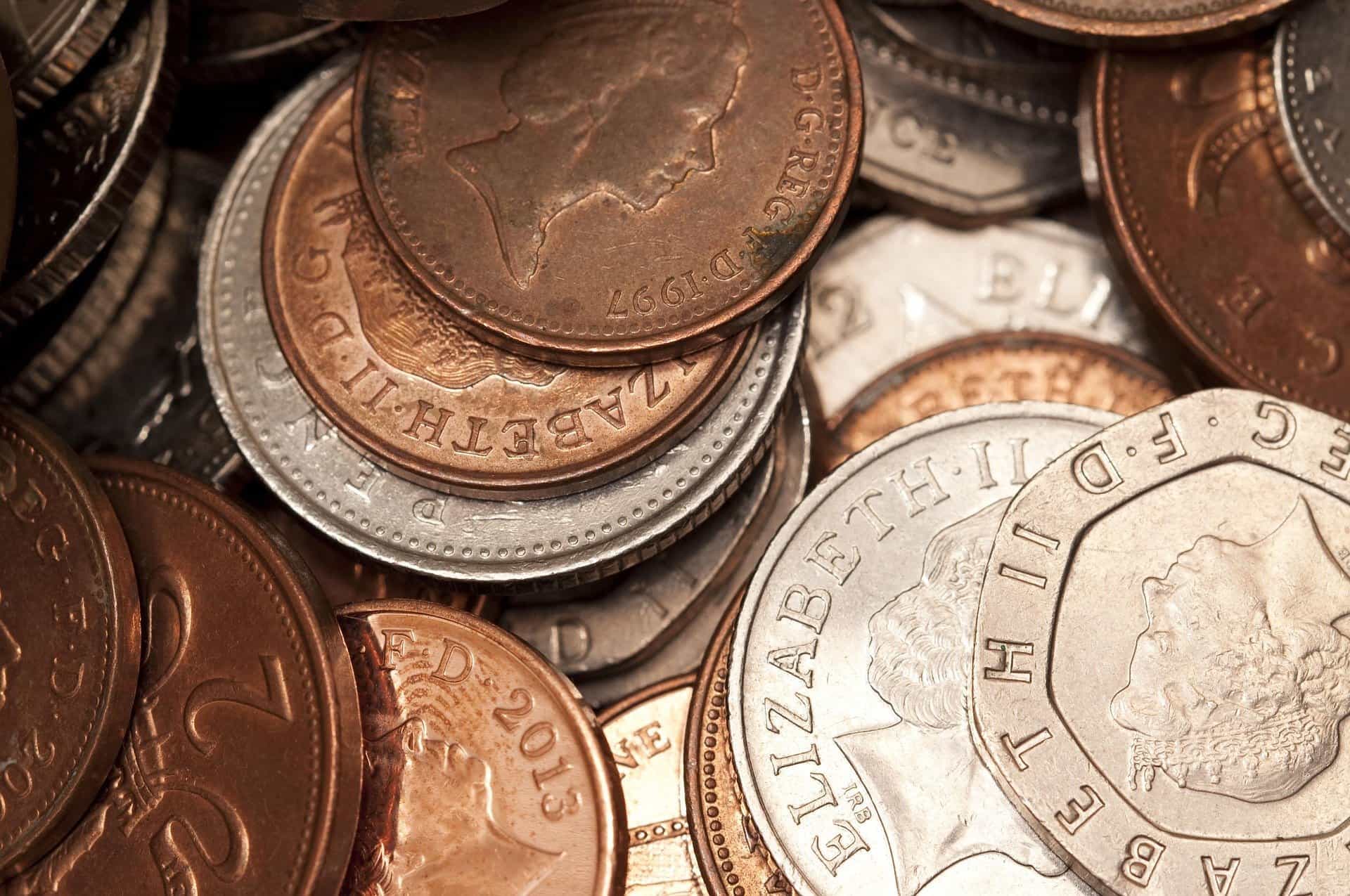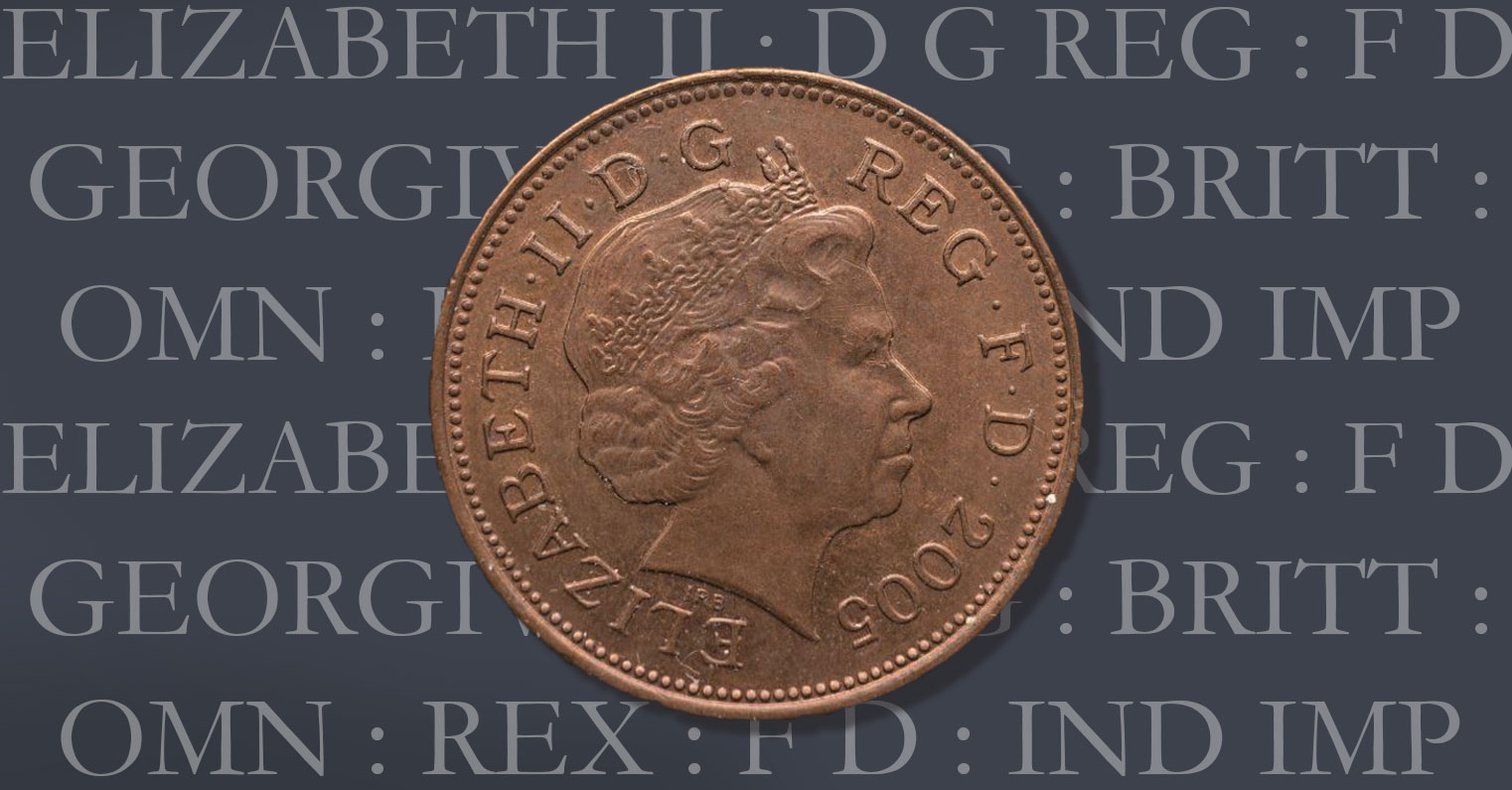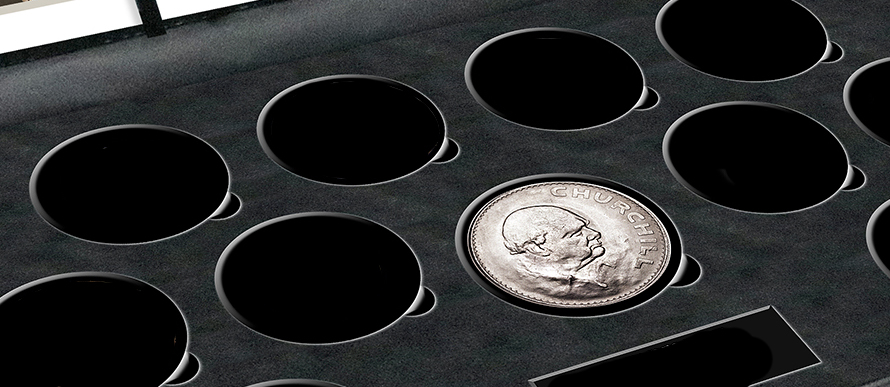
This year we are marking the 50th anniversary of decimalisation in Britain, or “Decimal Day” as it became known, by looking back at some of the most iconic British coins, which ceased to be minted following this momentous day for British coinage.
The farthing had actually stopped being minted fifteen years earlier in 1956, and it ceased to be legal tender in Britain on the 1st January 1961, but continued to be used in certain overseas territories until 1970. In recent memory, the farthing will be remembered for the little wren that adorned the reverse, and here, we take a brief look at its history.







